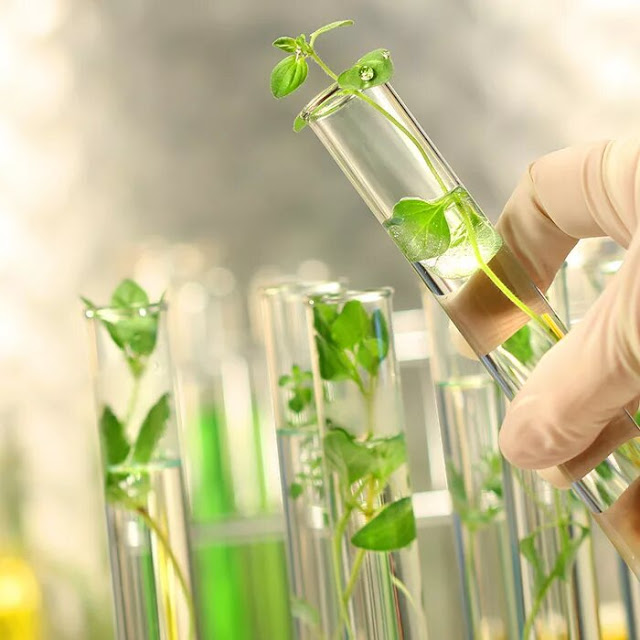The Power Of Plant Tissue Analysis: Unlocking The Potential Of Your Crops
 |
| Plant Tissue Analysis |
As agriculture continues to evolve, farmers and agronomists are constantly searching for ways to optimize crop yields and maximize plant health. One powerful tool that has emerged in recent years is plant tissue analysis. This technique allows for a deeper understanding of plant nutrient status and overall health, enabling growers to make informed decisions and take proactive measures to enhance crop productivity.
According to
Coherent Market Insights the global Plant
Tissue Analysis Market is expected to grow at a CAGR of 4.6 percent from 2023 to 2030, reaching a value of $228.2 million in 2023.
Plant tissue
involves the sampling and analysis of plant tissues, typically leaves, to
determine nutrient concentrations and identify any deficiencies or imbalances.
By examining the nutrient content of the plant, growers can pinpoint specific
nutrient deficiencies or excesses, allowing for targeted and precise
fertilization strategies.
One of the
primary advantages of plant tissue analysis is its ability to detect nutrient
deficiencies before visible symptoms appear in the crop. Often, by the time symptoms
are noticeable, it may be too late to rectify the issue fully. With plant
tissue, growers can identify nutrient deficiencies at an early stage and take
corrective actions promptly, preventing potential yield losses.
Another
benefit of plant tissue is its ability to provide tailored fertilization
recommendations. By understanding the nutrient needs of the crop, growers can
optimize their fertilizer applications, ensuring that the right nutrients are
supplied in the right quantities at the appropriate growth stages. This
precision approach minimizes nutrient waste, reduces environmental impact, and
maximizes the efficiency of fertilizer use.
Plant tissue
is not only useful for diagnosing nutrient deficiencies but also for
identifying nutrient imbalances. Imbalances can occur when certain nutrients
are present in excess or when interactions between nutrients disrupt their
uptake and utilization. By detecting these imbalances, growers can make
targeted adjustments to their fertilization practices, promoting a more
balanced nutrient uptake and reducing the risk of nutrient toxicity or
antagonism.
In addition
to nutrient analysis, plant tissue analysis can also provide insights into
other factors affecting crop health, such as pH levels, salinity, and the
presence of toxic elements. This comprehensive understanding of plant health
factors allows growers to implement appropriate corrective measures and create
an optimal growing environment for their crops. The power of plant tissue cannot
be understated in modern agriculture. This technique provides growers with
valuable insights into the nutrient status and overall health of their crops.
By utilizing plant analysis, farmers and agronomists can proactively manage
nutrient deficiencies, optimize fertilization programs, and ensure balanced
nutrient uptake.



Comments
Post a Comment